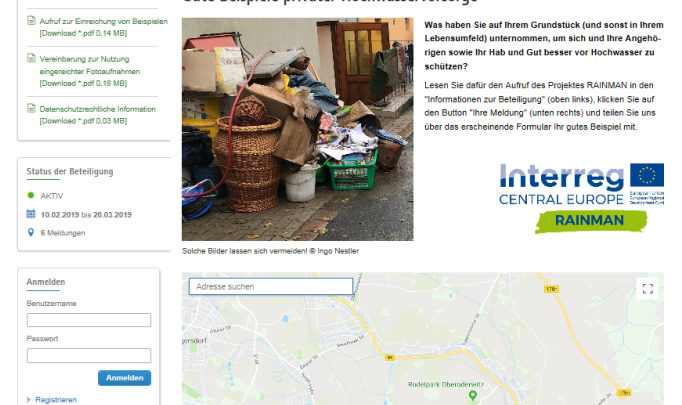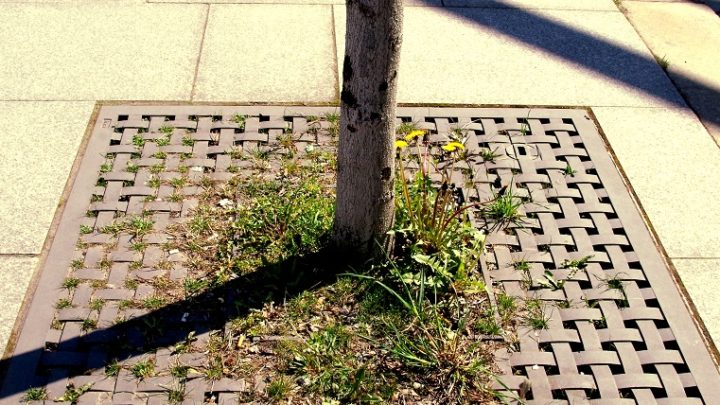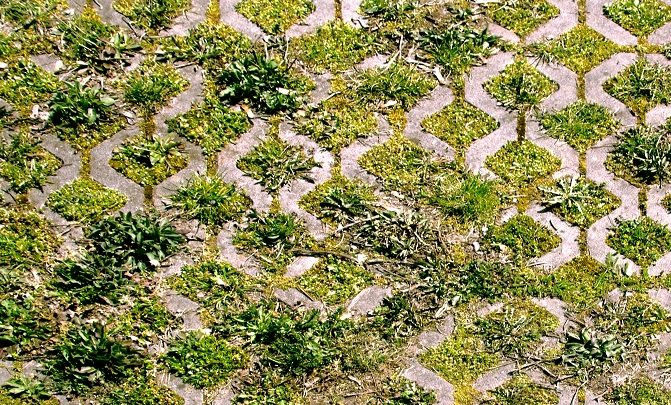Interactive communication and participation formats
To increase the knowledge on heavy rain risk management different forms of interactive events and participation formats can be organized. The objectives and size can range from information (big or small events) to trainings and even individual consulting services. Participation formats for active involvement shall be included. An event or a participatory process could focus…







